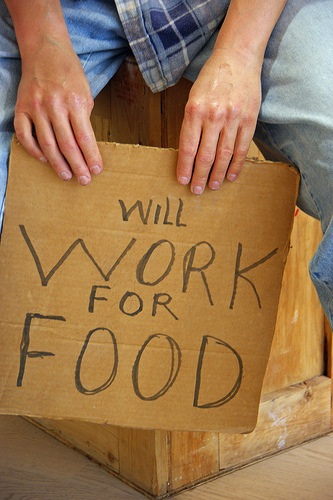Guy Kawasaki is running a $1,000 design contest. The rule(s) are simple:
Submit a design entry 5 1/4 x 8 1/4 inches before August 13th and if selected, you win $1,000 and your work is used as the cover for Guy Kawasaki’s new book, “Enchantment: The Art of Changing Hearts, Minds, and Actions.”
There’s 178 design entries so far.
The contest is similar to the one Chris Brogan ran when designing his newest project, Man On the Go. And as with Chris Brogan’s contest, designers are uproar against Guy Kawasaki’s contest arguing against “Spec Work.”
The AIGA’s Position On Spec Work:
AIGA, the professional association for design, believes that professional designers should be compensated fairly for the value of their work and should negotiate the ownership or use rights of their intellectual and creative property through an engagement with clients.
AIGA acknowledges that speculative work—that is, work done prior to engagement with a client in anticipation of being paid—occurs among clients and designers. Instead of working speculatively, AIGA strongly encourages designers to enter into projects with full engagement to continue to show the value of their creative endeavor. Designers and clients should be aware of all potential risks before entering into speculative work. – Source: AIGA, The Professional Association for Design
I get it. You should value your time and your work and people interested in your services should pay for your time and work accordingly. There’s even a site dedicated to the fight against spec work: No-Spec.com. How many times have you been approached by someone asking you to do something for them for FREE in exchange for free press? It happens all the time and often times you can argue that it’s a Win-Lose scenario (the designer loses out).
- You’re a designer with a small or no portfolio?
Could this be just the type of publicity/opportunity to launch your portfolio? Guy Kawasaki is considered a “high profile” individual in social media circles. Does that justify entering this contest? The benefit in this case is the publicity/notoriety that comes with winning the contest. The risk of course is that you’re up against ~178 other designers (and only one will win out).
Where do you draw the line on spec work? Is it ever ok to do some spec work if the benefit outweighs the monetary reward? Does it ever? Have you ever done any spec work? Your thoughts in the comments please.
PHOTO CREDIT: twicepix


